
AdFor Save In Us
Making
sense of where your cents go

Search is OUTDATED, both literally and Algorithmically!
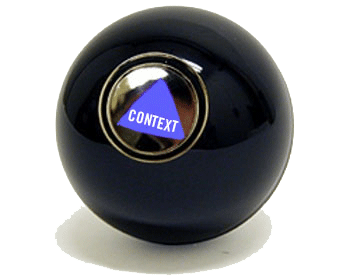
Search Engines can seem useful for us consumers researching items before we buy, but typically the results we see are from franchisers and affiliates all over the country, or news feeds published - weeks, months or even years ago.
All things being equal- all of
us, desire to have what we need and want right away, so it is fair
to say that most of us wish to purchase
locally.
Are you one of the few people that can actually tell that these 'highly engineered' SEARCH Algorithms are returning- 20 SEARCH results and at least 10 of those SEARCH results are obviously PAID ADVERTISEMENTS that are NOT really relevant to your SEARCH at all; that the other 10 results may be, sorta kinda, almost, but not really- fit your SEARCH query, so you need to click on a few of the links and SEARCH for what you were SEARCHING for in the first place?
Don't you just hate going to your favorite Search Engine and Searching for an item that you know 4 out of 10 stores have locally- in your neighborhood, but the only results you get back are for vendors from everywhere in the world, but where you are?
Don't you also hate that once you've performed your Search, including putting in your location city & state, you have to SEARCH through the SEARCH Results to determine whether or not you need to redefine your SEARCH & SEARCH YET AGAIN?
Don't you hate that the shoes or watch or car or whatever retail product reSEARCH you performed online last week are continuously displayed banner ads stuck in every website you visit, including your Social media?
Did you know that almost everything you are seeing in a SEARCH results page was at one time, or is CURRENTLY the HIGHEST BIDDER advertisers who paid specifically for someone that fits your characteristics, such as specific websites you may have visited, your age, your gender, what sports you like, restaurants you may have favorited or left a review or checked in at, etc. etc.?
Are you one of the very few that noticed that of 25 Million Small Businesses, less than 1% will ever cross the barriers to entry and be displayed to webgoers? When or If they are displayed, it is because of intermediary or aggregate websites who scrapped other websites & act as affiliates of the Small Business, which in turn makes it impossible to know if the content displayed is valid or who actually published the content originally.
You probably don't even realize that your Search is irrelevant.
click image to enlarge
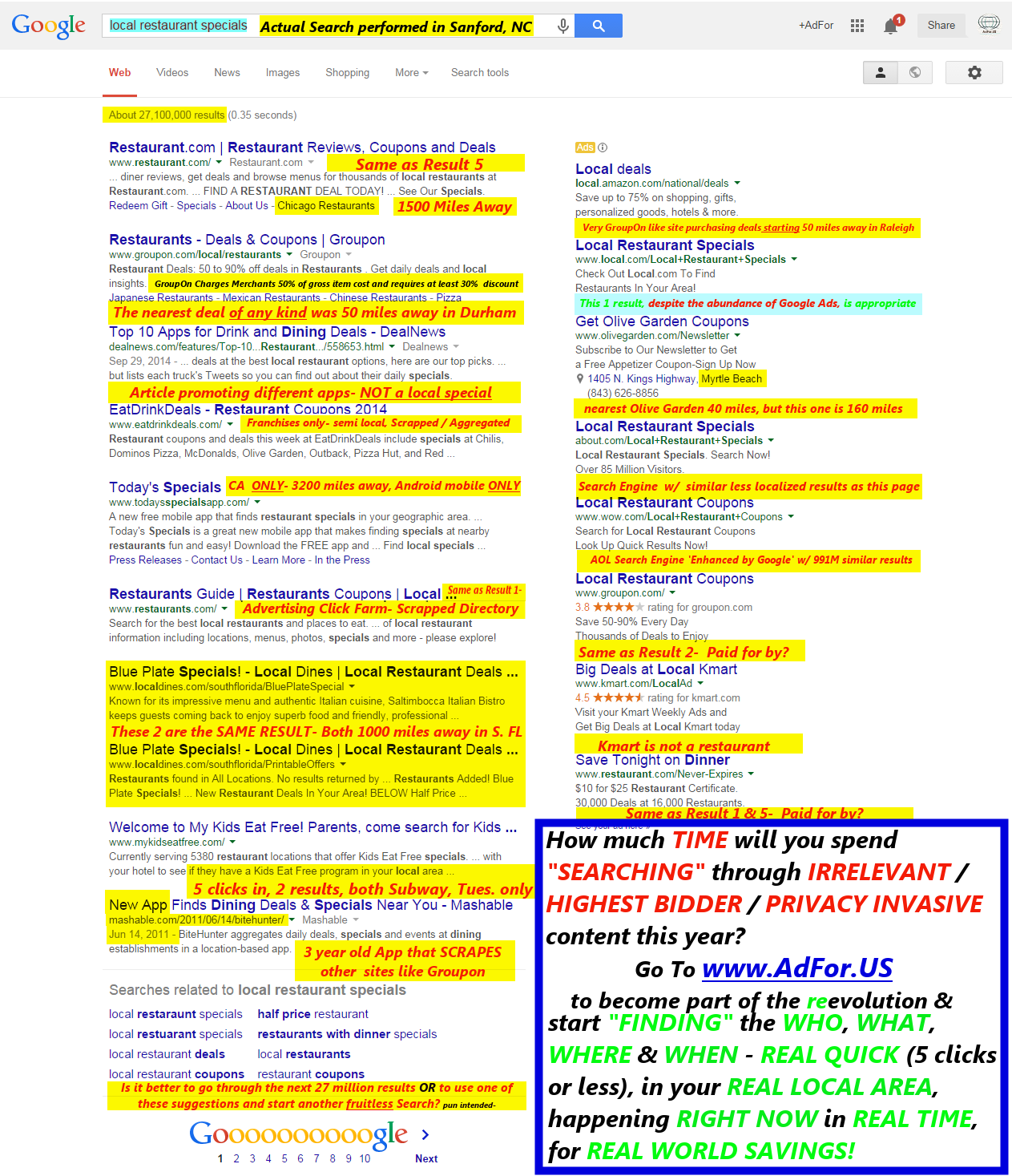
SERP- Nothing is Local, Nothing is
Current, Nothing is Relevant!
Shocking!
You are going to be utterly surprised how the web is costing you more than you can fathom.
The web consists of consumers looking for the nearest merchants with the fairest prices having the best products needed right then. A study conducted by BIA/Kesley indicated that 97% of shoppers browse through an average of 7.9 places jumping through hoops looking for merchants (located right down the street from us), trying to compare prices and then wading through multiple other sites hoping to find an inkling of something resembling what we need. (90% to Search Engines, 48 % Internet Yellow Pages, 42% comparison shopping sites and 24% use Vertical sites to find what's what they are Searching for HERE)
The Internet is supposed to enable web shoppers to easily look up products, services & or neighborhood activities and events to get information about them, with some websites even providing product comparison tools which allow people to select a group of products to examine side by side. And while they may seem neutral, fair and that shoppers are getting the best value- The only way to verify the information is to perform additional searches & / or make the calls yourself to each side by side product originator. And none of US will do that, because the TIME & EFFORT it would take to Search (and verify) is too consuming or Costly.
A search cost is a cost that is associated with acquiring information about a product. This can be a literal cost in the sense of money that must be paid to find information, but it can also be a cost such as time or energy spent searching. The lower the search cost, the easier it is for a consumer to get product information. When search costs are low, product costs tend to be similar from different merchants.
When consumers make buying decisions, search cost plays a key role that can drive the overall price of a product up or down. As an associated transaction cost, obfuscation of the search process may be leveraged in order to engage higher consumer valuations'— creating an implicit cost of returning to a store in order to deter further search.
Deliberate obfuscation is an extremely common sales tactic that can be very difficult to detect even in the real world. For instance, a salesperson may avoid answering the total price of a product by stepping a prospective buyer gradually through features & benefits or even the pitfalls of competing products. Eventually, the salesperson may indicate a base price, then begin to thoroughly discuss the options available and then those price points and then discuss competitor product shortfalls again and finally, warranty or special add-on prices. The longer we're engaged & the bigger the hassle, the greater the imposition- the more likely we just want to be done with the whole ordeal. Increased Search Costs intrinsic association with the expense of Time & Effort are likely to garner increased product prices, because shoppers would rather pay a bit more than go through another tedious sales pitch about a product they feel they have paid a higher Search Cost for.
Time is Money
The Internet as a Digital platform for commerce, offers the promise that Consumer / Shopper Search Costs are likely to be very low, because of the ease of access to 'unbiased', 'infinite sources' of 'optimized' information, but indeed- to the contrary- impose overwhelming expenses.
Search Cost is readily apparent & expectedly higher in the Non- Digital, Real World- where consumers have to search out information by Calling each and every suspected vendor, Driving to each suspected vendors location, Consulting friends or family or even Creating flyers or Making signs, etc. to learn & process sought after information.
Obfuscation strategies are especially NON- APPARENT in an online commerce environment because we, all of us- are comparing our Search Expenses to that of the Non- Digital, Real World. The fact that the 'Digital Internet' ecommerce ecosystem is almost entirely contrived to follow Real World Analogous Marketing tactics and techniques, exemplifies just how 'non- apparent' web obfuscation is.
Time may be the most valuable, unreplentishing commodity on Earth- Web Publishers Obfuscation is Costing ALL of US Real Dollars.
Every piece of content is / was prepared days, weeks or years before the moment we are searching for something. And not just in the online world- advertising is static and unchangeable.
The thing about the internet, the web and the way ecommerce currently works is-that it doesn't make use of the Real Time marvel of "Digital", which is the ultimate nature of the web. It only has room for those willing to pay the highest price or those who are big conglomerate franchise types who have the resources available to expend a tremendous amount of resources.
Take for instance where 90% of us go first- Google, Bing, Yahoo & the other traditional search engines whose intrinsically flawed design makes us searchers the target, which in turn, effectuates all sorts of Mayhem Marketing including privacy invasion, unnecessary security risks and posses as a breeding ground for fraud, theft and other ominous practices.
Search Engines can be useful for merchants who want a customer to switch products, or have something that is genuinely new to announce to patrons searching static or unchanging information (such as manuals or historical news references), but only as long as these merchants continually pay premiums. Consumers may even feel that (with acceptable effort) that they are getting the results that they are indeed searching for, however comparisons are drawn using models mimicking real world advertising techniques.
If you look at the above stats through the same lens that AdFor considers fundamentally, it may become even more clear that these merchants we are looking for have it much worse than most of us realize.

The Merchant Burden- Mayhem Marketing
Search Engine Casualties
When Consumers are the target of advertisers, essentially publishers are selling shoppers who browse certain websites, use specific devices, are located within a broad vicinity or otherwise qualify in other (undisclosed) discerning ways.
What people don't understand- is - that, this method is a wide open gap for malicious blackhat fraudsters, spammers, spyware and other malware.


Collecting your information is for webmasters to not only send you their content, but also to sell your contact information in batches to other would be marketers.

When you sign in or sign up using your Social Network Identities (aka social login) key analytics about your friends and your friends of friends lists as well as all your browsing activities across all the other sites you may have signed in to become a yet another monitoring station to collect & catalog over 1500 personal and private data points about you.

The algorithm is structured so that the collection of user data is more valuable then the dissemination of information that is being searched for.

Algorithms also dictate that advertisers must bid on keywords. Keywords that insinuate what their perspective audiences are searching for. Then these keywords can be delivered under presumed audience demographics, such as: lifestyle and interests indicators as found in the cookies of users browsing habits and behaviors'.

This means that malicious blackhat operators will do their utmost to install software that will continuously and accurately monitor user computing behaviours, such as: Trojans, keyword & data loggers, or other spyware.

There is no way to confirm the actual Advertiser or Content writer. In fact, there is no penalty or course of action, nor a hardline policy vetting advertisers.


This means competitors can (and do) advertise in the Name of their rivals providing malicious and intentionally ubiquiteous content.
Unknown advertisers become
affiliates to legitimate companies both on and off the web. These
affiliates may employ duplicitous tactics and harm the brands they
are representing without repercussions.

Locked into the static Analogous web, the real world benefits of Real Time- Up to the Second- Digital- Content, such as the content that would be found on:

- LED billboards
- Marquees
- Chalkboards
- Bulletin Boards
- Sidewalk Signs
Digital Real Time will allow web shoppers the opportunity to know exactly what is happening at every Merchants location
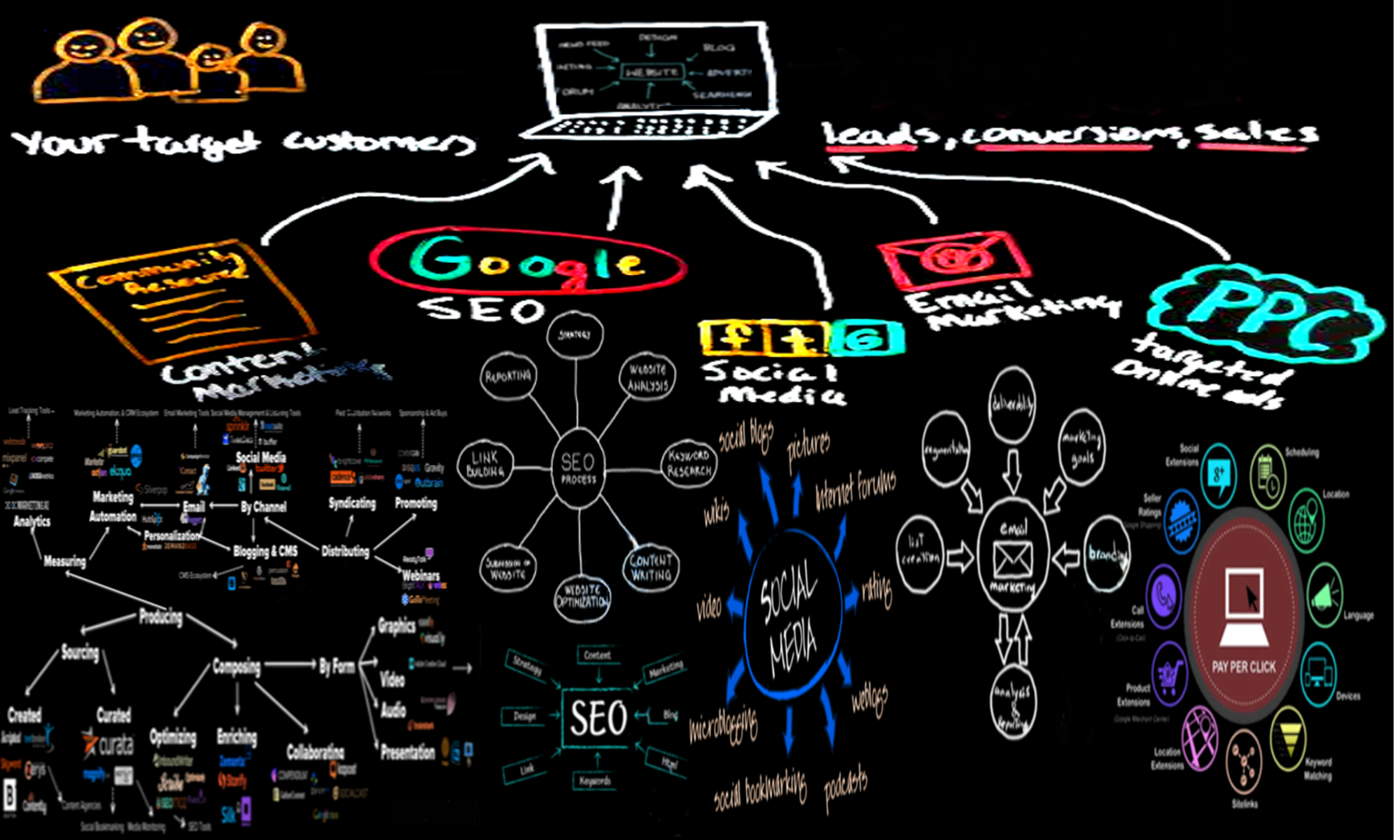
The Merchant Burden- Mayhem
Marketing
Search
Algorithm Inefficiency
Targeting and trying to track down consumers, wherever they happen to be on the web to display advertisement's -- MAKES NO SENSE WHAT SO EVER!
What people don't understand- is that, this method perpetuates a multitude of very costly, time consuming & extremely threatening situations for both the Merchant & the would be patrons.
-
Your content is guaranteed to be shown to Shoppers ONLY IF YOU ARE THE HIGHEST BIDDER of specified targeted audience segments.
-
Despite the guarantee mentioned above, an estimated 60% of all Paid Advertisements are never seen by human eyes nor clicked on by human hands. This number is even higher if you consider other fraudulent blackhat scams, such as bait and switch links, affiliate pop ups or device or equipment inadequacies.
-
You are forced to create, track and upload multiple sets of content to be distributed to each place Customers MAY be, i.e.: Search Engines (all), Social Media (all), Niche Specific Domains (each), Local Directories (all), Local Aggregate Domains - like City Portals, Classifieds, etc. (each)
-
The division of your content across these multiple channels make it very difficult for you and/ or your employees to keep track of different marketing content campaigns.
-
You or your hired appointee(s) must optimize each piece of content frequently to overcome competing content that has been freshly or better optimized, even though there is no definitive way to optimize content.
-
You'll even have to 'Optimize' each peice of content for the simplest of data (after every algorithmic update) such as: Location, keywords pertaining to said content & the persons that should view it.
-
For all the reasons above, (perhaps the most costly consequence of all) Real- Time content is exceedingly rare. Campaigns are prepared days, weeks or months in advance. Every facet of distribution and optimization is a forced requirement of their algorithms.

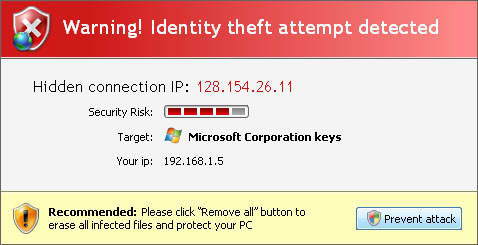



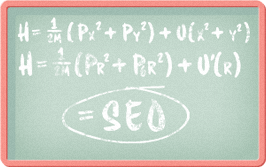

Not being able to function in Real Time means that content is not only static, but that it mimics these Analogous real world marketing channels:
-
Banners
-
Billboards
-
Flyers
-
Circulars
-
Weekly ads
Static Content means limited or no reaction ability to change or adapt content to conditions relevant in the Real World, such as weather or runs on products.



